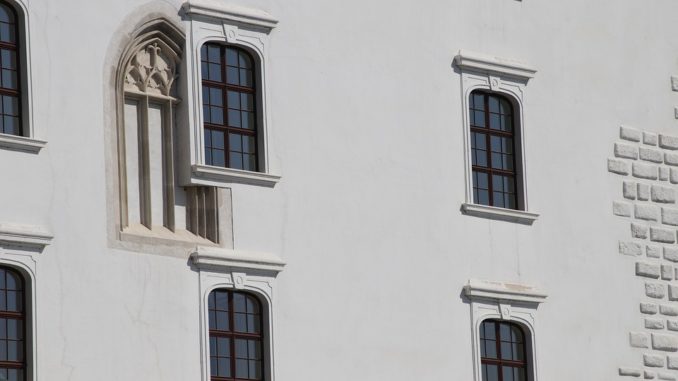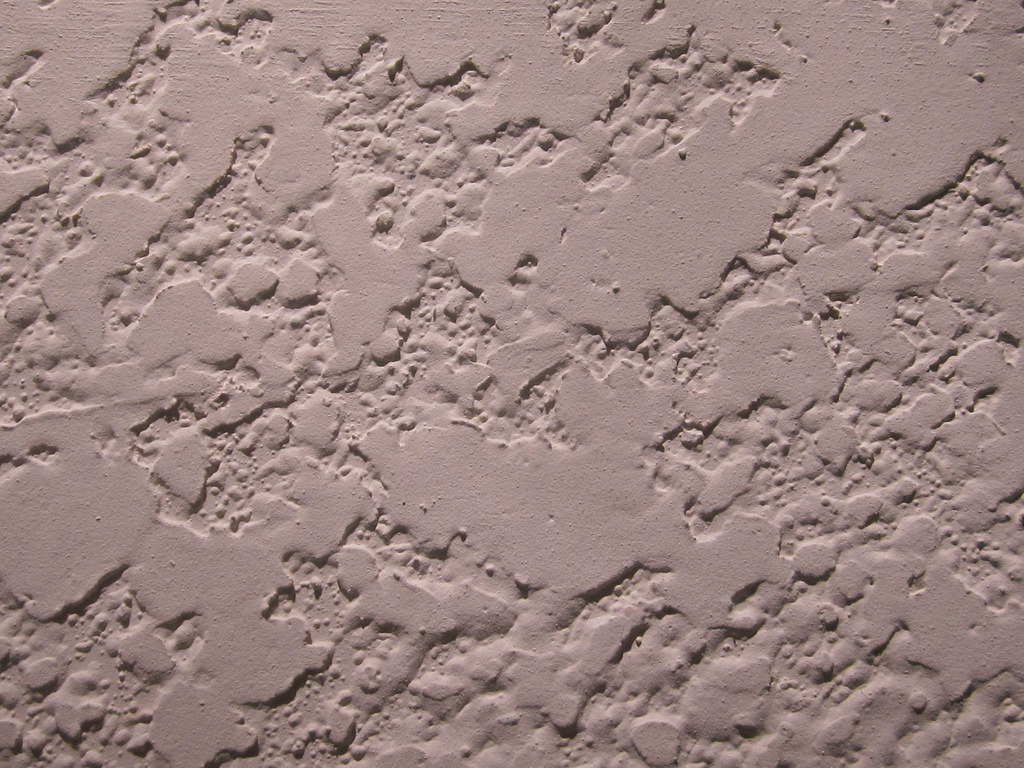
Summary
– Characteristics of plaster coating
– Applying the plaster to the plaster
Just as healthy as it is aesthetic, plaster is a finishing and decorative coating for walls, partitions and facades. Thanks to its many advantages, it is one of the most widely used coatings, both in construction and renovation. However, its application requires a certain technique and carefully prepared support.
Characteristics of plaster coating
There are several types of gypsum plasters and coatings:
– plaster fillers and repair plasters intended to fill holes, cracks, bleedings;
– smoothing plasters that hide small defects such as scratches, chips or slight hollows;
– multi-functional plasters, which can be applied to all substrates and are used for both filling and smoothing;
– plasters for exterior use, which can be used to fill in and repair various raw or painted surfaces (facades, walls, etc.).
Note: the rendering consists of a mixture of mineral (plaster, but also cement, lime, clay) or organic (acrylic for example) binders, aggregates (sand or marble powder most often) and possibly additives intended to modify its characteristics.
Advantages and drawbacks of plaster rendering

Gypsum plaster is made from gypsum powder (a white, soft rock). A healthy and recyclable material, it is very aesthetic and offers perfect finishes. Natural or artificial colouring can be added, such as coloured sand or mother-of-pearl, as well as various fillers, including vegetable ones, for decorative effects.
The plaster coating is a hydraulic regulator: it absorbs ambient humidity and then releases it again.
The rapid setting of plaster plaster is an advantage as well as a disadvantage, as it must be applied quickly.
Plaster coating
Preparation of the substrate
The preparation of the substrate is an essential step before applying the plaster to the plaster. The wall or partition will be cleared of any dust or friable parts. It (or it) must also be sound and dry. Outgoing corners will be plastered beforehand using an angle so that they remain level and straight.
Application steps
1. Start by mixing the plaster with the amount of water recommended by the manufacturer. Allow the water to absorb the plaster, then use an electric mixer to help you achieve a lump-free preparation.
2. A primer may be necessary if the substrate is too smooth.
3. Apply the plaster with a trowel from top to bottom, starting at the bottom of the substrate, to a thickness of approximately 8 mm.
4. Smooth the plaster with a plastering trowel using a ruler.
5. If any holes or irregularities remain, fill them with plaster and smooth them out again.
6. Allow the plaster to dry and then smooth the entire surface.
7. Once the plaster is completely dry, apply the finishing coat that will help fix the plaster.
Caution: plaster must not be applied if the temperature is below 5°C or above 30°C.
Where can I get the equipment and at what price?
You can find plaster plaster in DIY stores, specialist shops and on the Internet. The cost is about $20 per square meter.
If you’re looking for a professional for Mouldings (Wall / Ceiling / Panel / Chair rail ..etc.), Moulding decorative corners and centres, Ceiling Centre / Ceiling Roses / Medallions, Columns / Pilasters, Ornaments and enrichment, Rings and knobs, Arches, niches and pediments, Restoration and repair, Design assistance, and Installation of your home interiors in Montreal, STUC NOLA have over 40 years of experience producing architectural and ornamental plastering. They will handle projects of any size and assist with your design.
Hope the above helps you out. Remember to leave your comments below.

Leave a Reply